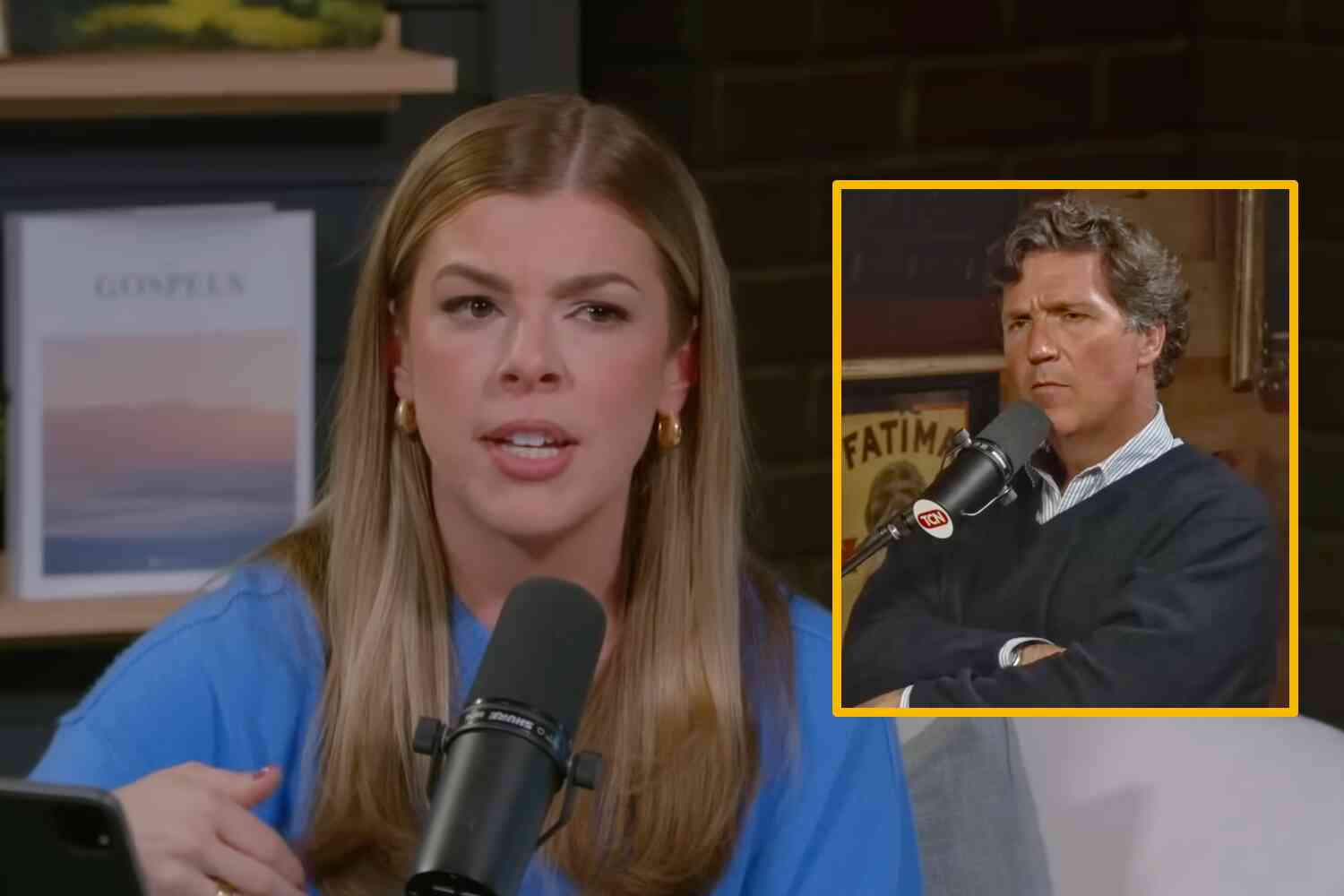The Spix's macaw is popularly described as the rarest bird in the world, and with good reason—it's pretty much the rarest bird in the world.

All known members of the species—fewer than 200—exist in captivity. There have been only two natural sightings of the bird over the past two decades, the last one in 2016; they are presumed to be "extinct in the wild," vanished from the face of the earth except in zoos and private collections.
Yet now scientists are about to embark on a longshot gamble in the hopes that they can start building up the wild population of Spix's in their native habitat:
On 11 June, more than a quarter-century after the female flew into oblivion, they plan to release eight Spix's macaws from captivity into the wild. Twelve more are supposed to follow at the end of the year and still more in the years to come. If everything goes according to plan, these birds will be the vanguard of a new population of Spix's macaws in their natural habitat. The project, long hampered by infighting and overshadowed by controversy, had to overcome significant scientific hurdles to even come this far. But the biggest challenge still lies ahead.
The Spix's natural home is the caatinga, "a tropical dry forest in northeastern Brazil that covers 10% of the country." This bird can't just be released into Central Park or Seattle or anywhere else. It's gotta live where it's gotta live.

Still, there are a great many technical details that have to be thought of before putting these chooks back into the forest:
[R]eleasing more animals is better. That's because a bigger group can work together to spot dangers and find food. Finding a suitable mate is easier, too. For highly social species like macaws, numbers are especially important. "Let's say you release 20 individuals and they all go 20 different directions, well then you haven't reestablished a population," White says. "They need to live in a group." Combining captive Spix's and wild Illiger's thus solves two problems, White says. "We can actually increase the flock size without extra Spix's … while using a native species which knows the habitat, knows the area, that can function as mentors."
Releasing birds of the right age can help keep them from scattering. Spix's macaws start to reproduce around age 4 and then tend to return to the same nesting site year after year. "The sooner that those released macaws start reproducing, the sooner they become anchored to that site," White says. "So you want to have birds that are entering or at reproductive age." Providing supplementary food and nest boxes may also encourage the birds to remain close to the release site.
I don't envy the people who gotta figure this out but I sure hope they succeed!

P.S. Now check out our latest video 👇









